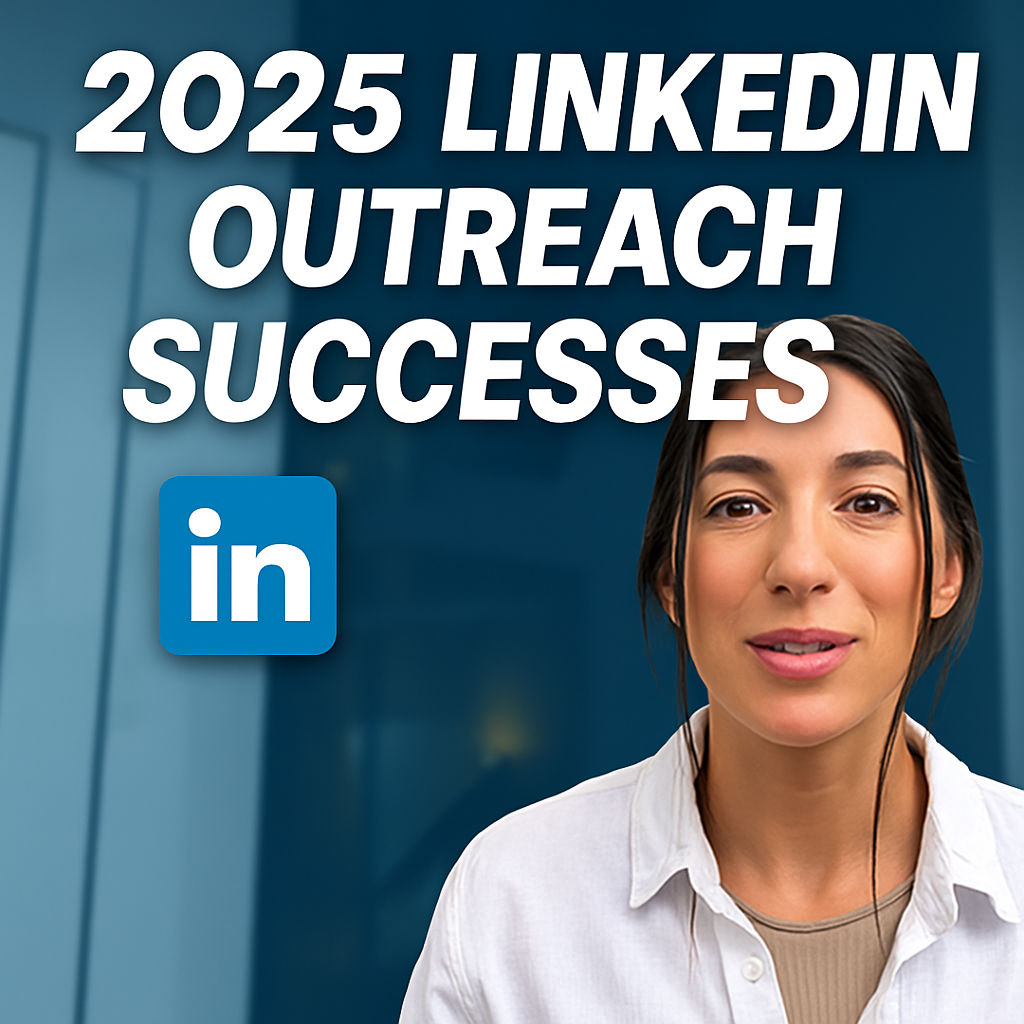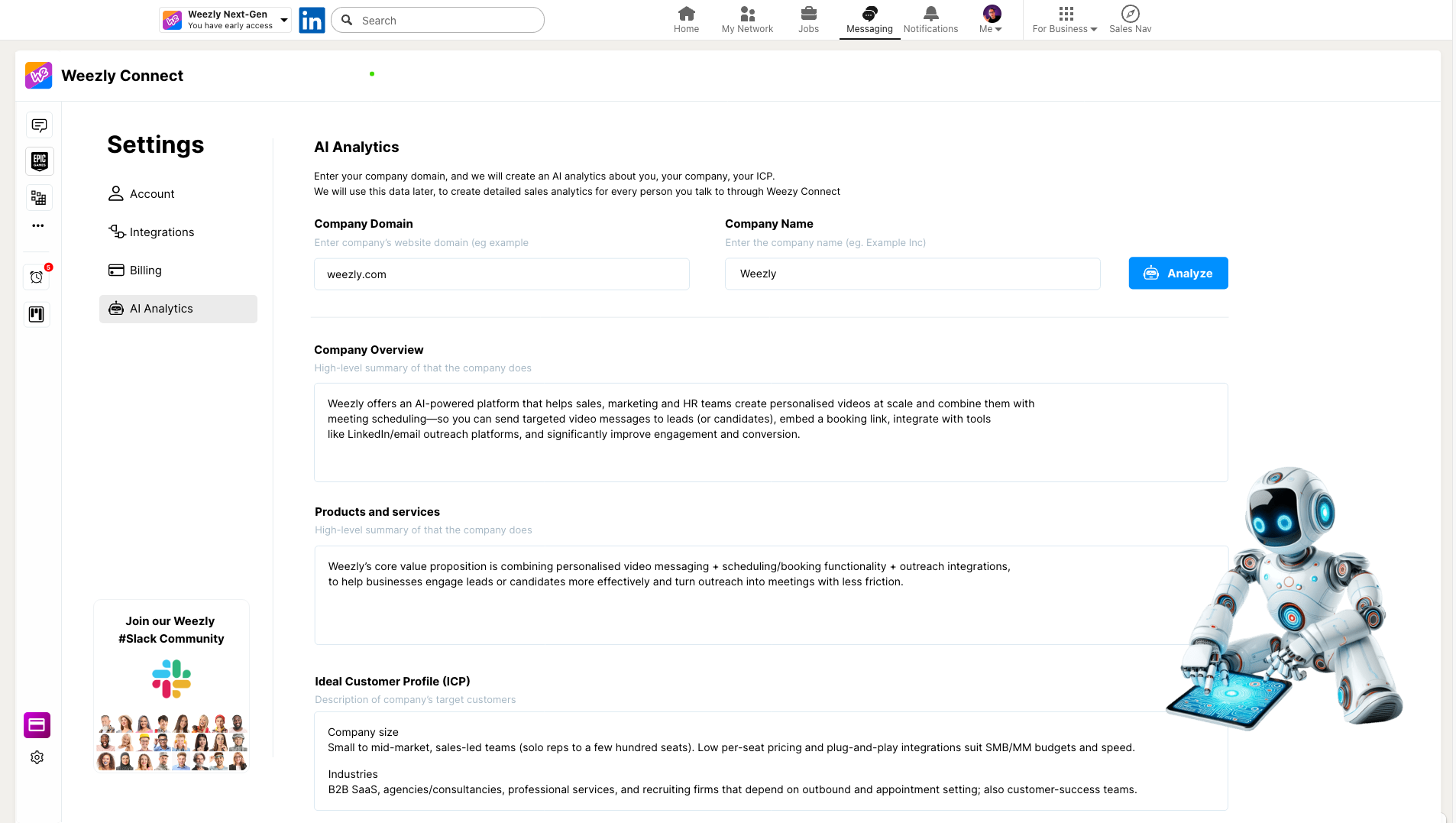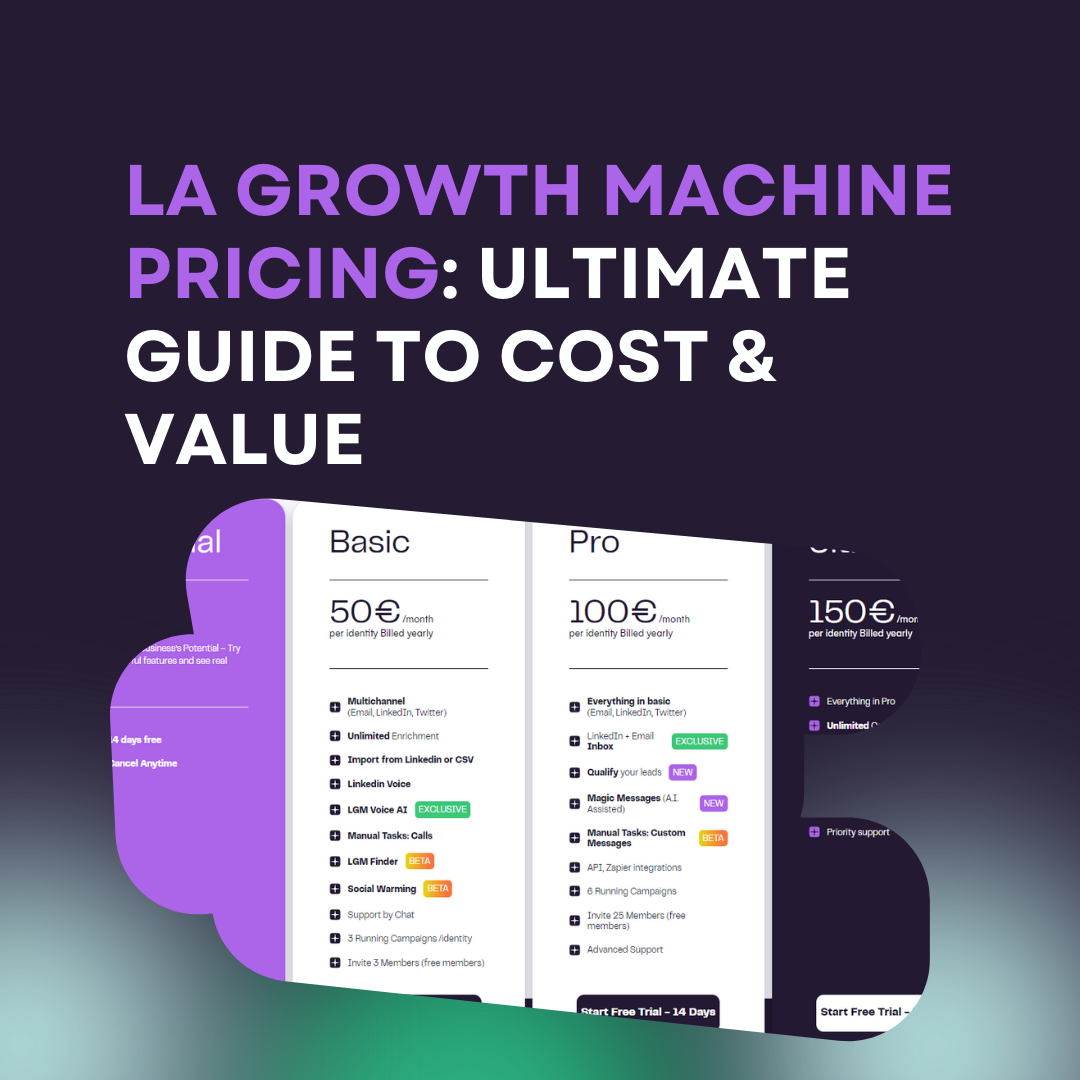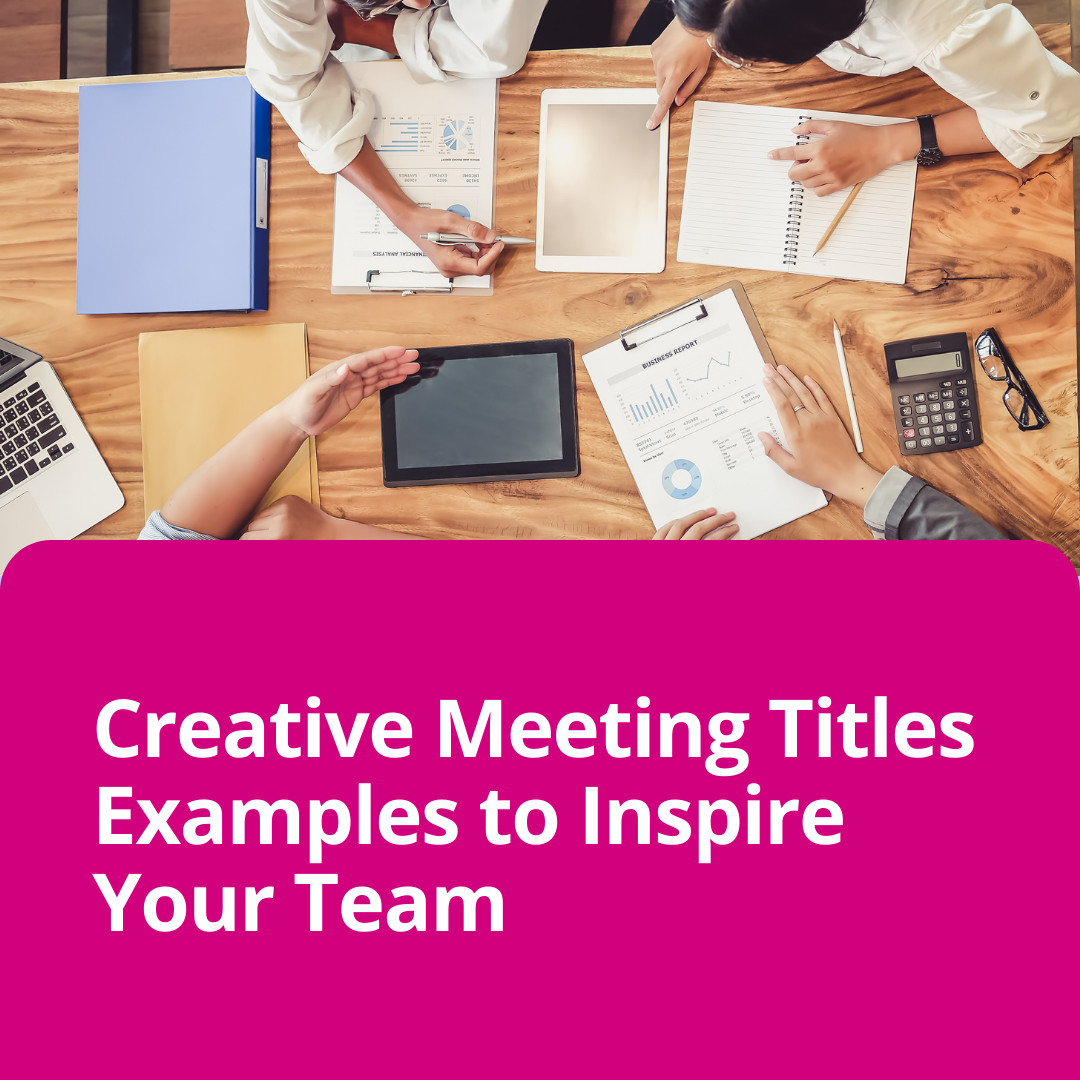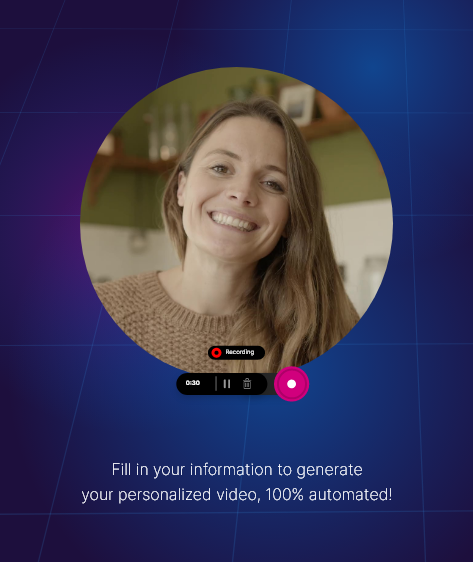Are you struggling to get consistent, qualified clients from LinkedIn? Unlocking the true potential of LinkedIn outreach is one of the fastest, most reliable ways to scale your SaaS or service business—if you know the playbook. In this comprehensive guide, you’ll learn four proven methods for winning clients on LinkedIn using cold outreach, plus a specialized framework that makes it far easier for prospects to say “yes” to your offer—without heavy selling or risk on their end.
Whether you run an agency, consulting firm, or any service-driven B2B company, implementing these strategies can help you cut through the noise and build a profitable, sustainable client acquisition engine—starting today.
Based on the original video:
https://www.youtube.com/watch?v=i9AEf7nRC5U
Why LinkedIn Cold Outreach Remains Unmatched for Client Acquisition
LinkedIn continues to be a gold mine for cold outreach and finding qualified leads in 2025. The platform connects you directly with decision-makers, business owners, and professionals who are already discussing—and looking for solutions to—the exact pain points your business solves. Cold outreach on LinkedIn isn’t just about blasting messages; it’s about targeted, value-driven engagement that builds trust and relationships at scale.
Key Takeaways:
- LinkedIn offers direct access to niche audiences and industry-specific groups.
- Strategic outreach can help you book meetings with high-quality leads without expensive ad spend.
- Sustainable growth comes from reliable systems, not just tactics.
Method 1: Join and Engage in Niche LinkedIn Groups
Many professionals overlook LinkedIn groups, but they’re still one of the most effective places to find and engage with pre-qualified leads. These groups are filled with industry insiders actively discussing business challenges, solutions, and tools—creating the perfect environment to identify prospects with immediate, relevant needs.
How to Identify High-Value Groups
Be highly selective: generic groups like “SaaS Founders” are too broad, while more specific ones such as “Bootstrapped SaaS Growth Strategies” give you access to a tightly focused, engaged audience.
- Use targeted keywords in LinkedIn search to surface niche communities (e.g., “bootstrapped startups”, “agency growth hacks”).
- Join groups where conversation is active and aligned with your service niche.
- Focus on groups discussing problems your business directly solves.
How to Stand Out and Build Recognition
Just lurking won’t cut it. If you want to get clients from LinkedIn groups, you need to participate actively:
- Share practical advice, contribute your own expertise, and comment on other discussions.
- Regularly post valuable content—case studies, frameworks, results—that address group members’ most common challenges.
- Engage with highly active members (the “super-connectors” and regular posters).

Turning Group Engagement Into Quality Conversations
Once you’ve naturally built recognition, start direct outreach:
- Connect individually with engaged members (personalize each connection note).
- Use automation tools (with care) to identify and contact group members at scale.
- Transition from public comments to private conversations by referencing their group activity.
Method 2: Leverage Your Existing LinkedIn Network Strategically
Your own first-degree connections may be sitting on untapped opportunities. Most people underutilize their LinkedIn network for new business—they never start conversations, or if they do, jump straight into pitching mode (which rarely works).
How to Reignite Old Connections (Without Pitching)
- Begin by referencing your initial reason for connecting or past shared experiences.
- Lead with curiosity—ask what they’re working on, or mention it’s been a while since you last spoke.
- Focus first on rekindling the relationship and conversation, not on selling.
For example: “Hi [Name], I noticed it’s been a while since we connected. Curious what’s new on your end these days? Would love to catch up when you’re free.”
Expand and Optimize Continuously
Don’t stop with your current circle:
- Accept “People You May Know” suggestions—these often surface high-value prospects related to your industry.
- Regularly add new, targeted connections by leveraging mutual connections or recent engagement on your content.
Your LinkedIn Profile: The Hidden Deal-Breaker
Before you start any outreach, ensure your LinkedIn profile is fully optimized:
- Use a clear, professional photo and a crisp background.
- Write a headline that showcases who you help and what makes you unique (e.g., “2x Head of Sales – Helped bootstrap 3 SaaS startups from 0 to $10M ARR”).
- Avoid generic titles like “Sales Executive”—get specific and client-focused.
This profile acts as your landing page—the first thing potential clients see when you reach out. Make sure it builds confidence and communicates your value immediately.
Make Referrals Easy
When you ask for a referral or introduction, make the process as effortless as possible for the other person:
- Provide a succinct summary or blurb they can copy and send.
- Clarify exactly what kind of client or challenge you’re best equipped to solve.
Method 3: Post and Comment with Intentional Value
Becoming a regular contributor—through posts and thoughtful comments—significantly amplifies your reach and trust factor. But there’s a catch: Not all viral or “pretty” LinkedIn posts convert prospects cold. It’s the hyper-targeted, problem-solving content that converts best.
The Anatomy of a High-Converting LinkedIn Post
- Hook: Start with a bold, attention-grabbing opening. (Provocative questions, surprising stats, or bold statements work well.)
- Body: Format for easy scanning. Use short sentences, whitespace, and avoid fluff. Each part should add value or tell a relevant story.
- CTA: End with a clear call to action that encourages comments, feedback, or further engagement (“What’s your #1 challenge with LinkedIn outreach?” or “Drop a comment if you want to see the framework in action”).
Posts that specifically address the real pain points of your target clients—and that don’t read like a sales pitch—spark the most meaningful conversations. Even if a post doesn’t go viral, it can attract the right buyers.

Turn Comments Into Private Conversations
Any public engagement (comments, likes, reshares) is a golden ticket to reach out directly:
- Start with a friendly reference to their comment (“Saw you found my post on [topic] helpful—curious what challenges you’re seeing?”)
- Offer to share a relevant resource or quick tip.
Leverage every comment as a bridge into a new, value-driven conversation.
Method 4: Scale Outreach with Automation and Smart Workflows
Manual outreach works, but it’s tough to scale. Using ethical automation and account rotation lets you consistently reach more prospects—while staying compliant with LinkedIn’s daily action limits.
How to Safely Scale Your LinkedIn Outreach in 2025
- Connect multiple LinkedIn accounts (from your team or network) to safely increase daily outreach volume. LinkedIn typically caps each account at 25 connection requests and 40 messages per day.
- Use automation tools to create dynamic campaigns based on actual user engagement (e.g., people who liked or commented on your recent posts).
- Always keep outreach conversational:
For example: “Hi [First Name], noticed you resonated with my recent post on [topic]. Curious—is this something you’re experiencing as well?”
If you shared a resource, follow up: “Glad you requested that guide—did you have a chance to look at it? Would love your feedback.”
Automated Sequence Example
- Send an initial connection request or message to engaged leads.
- If no response, follow up after a few days (sometimes adding a gentle nudge, like engaging with their content).
- If accepted, launch your personalized, conversational outreach sequence.
Monitor replies manually to keep conversations authentic and human.
Turning Engagement Into Opportunity—On Autopilot
By automating your approach, every new post, comment, or like becomes a lead-generation trigger. This frees your time and keeps a steady pipeline of outreach running without you lifting a finger daily—just manage the replies and book the calls.

The “Low-Risk Offer” Framework: Make Saying Yes Easy
Even the best outreach fails without an irresistible offer. That’s where the “low-risk offer” framework transforms the game—it removes barriers and makes it incredibly easy for qualified leads to say “yes.”
What Is a Low-Risk Offer?
A low-risk offer gives prospects immediate value without demanding time, money, or heavy commitment upfront. Examples include:
- “I’ll set up your workspace and deliver 100 targeted leads—completely free. If you like the results, we can discuss moving forward.”
- “Here’s a case study and a complimentary audit of your current system—no strings attached.”
This approach lets them experience your solution firsthand, which builds trust and demonstrates results before you ask for any investment.
What Makes Low-Risk Offers Convert?
- Removes friction and financial risk for the prospect.
- Positions you as helpful and different from “pitch-first” sellers.
- Puts focus on results and value instead of product features.
For example, instead of the typical free trial—often perceived as low-value—focus on the direct outcomes and tangible wins you’ve achieved for similar clients:
- “We recently worked with [recognizable company] and boosted their reply rate by 37% in just 10 days. Would you be open to a similar test run?”
Including social proof and real data further boosts credibility and trust.
Objection Handling and Value-Focused Follow-Ups
Even with the best outreach, objections and “not now” responses are inevitable. Turning those into future opportunities comes down to empathetic, validation-driven communication.
Validate, Confirm, and Deliver Value
- Acknowledge their concerns: “I completely understand where you’re coming from—the timing isn’t always right.”
- Offer a win, even after a “no”: “Totally fair. If it’s helpful, here’s a resource you can use for your own outreach. Happy to connect whenever the timing’s better.”
This soft-touch approach keeps the door open and plants seeds for future conversations—often leading to surprising wins down the line.
Scaling Up: How Many LinkedIn Messages Can You Safely Send?
If you’re serious about growing, you’ll want to maximize your daily outreach within safe limits. By leveraging multiple accounts (with your team, for example), you can send hundreds of personalized DMs every single day—amplifying your market reach at scale, all while avoiding spammy practices.
Further Reading:
If you want more ways to build a client-generating system, check out our detailed guide on Done-For-You Lead Magnets: LinkedIn Outreach Guide. It breaks down a proven, non-spammy approach to booking meetings with clients ready to buy, not just “tire kickers.”
FAQ: LinkedIn Outreach to Win More Clients
What is the best way to find high-quality leads on LinkedIn?
Joining and actively engaging in niche-specific LinkedIn groups allows you to spot and connect with professionals discussing the exact problems your service solves, making it easier to source qualified, ready-to-engage leads.
How can I avoid coming off as too salesy in my outreach?
Lead with value: start conversations, offer helpful insights, and tailor your initial messages to the prospect’s needs. Avoid direct pitching at the first touchpoint, and focus on building rapport.
Should I automate my LinkedIn outreach, and if so, how?
Yes, but use automation thoughtfully. Set up ethical workflows that trigger based on real engagement (such as post likes or comments), and always personalize your messages to keep them authentic and relevant.
What is a low-risk offer, and why does it work?
A low-risk offer gives prospects something valuable with no commitment or payment required upfront. This lowers barriers to entry, builds trust, and allows prospects to sample your expertise—leading to higher conversion rates.
How can I handle objections or non-responses effectively?
Validate the prospect’s concerns, offer resources or insights up front, and keep the door open for future conversations. Respectful follow-ups often turn “not now” into future wins.
